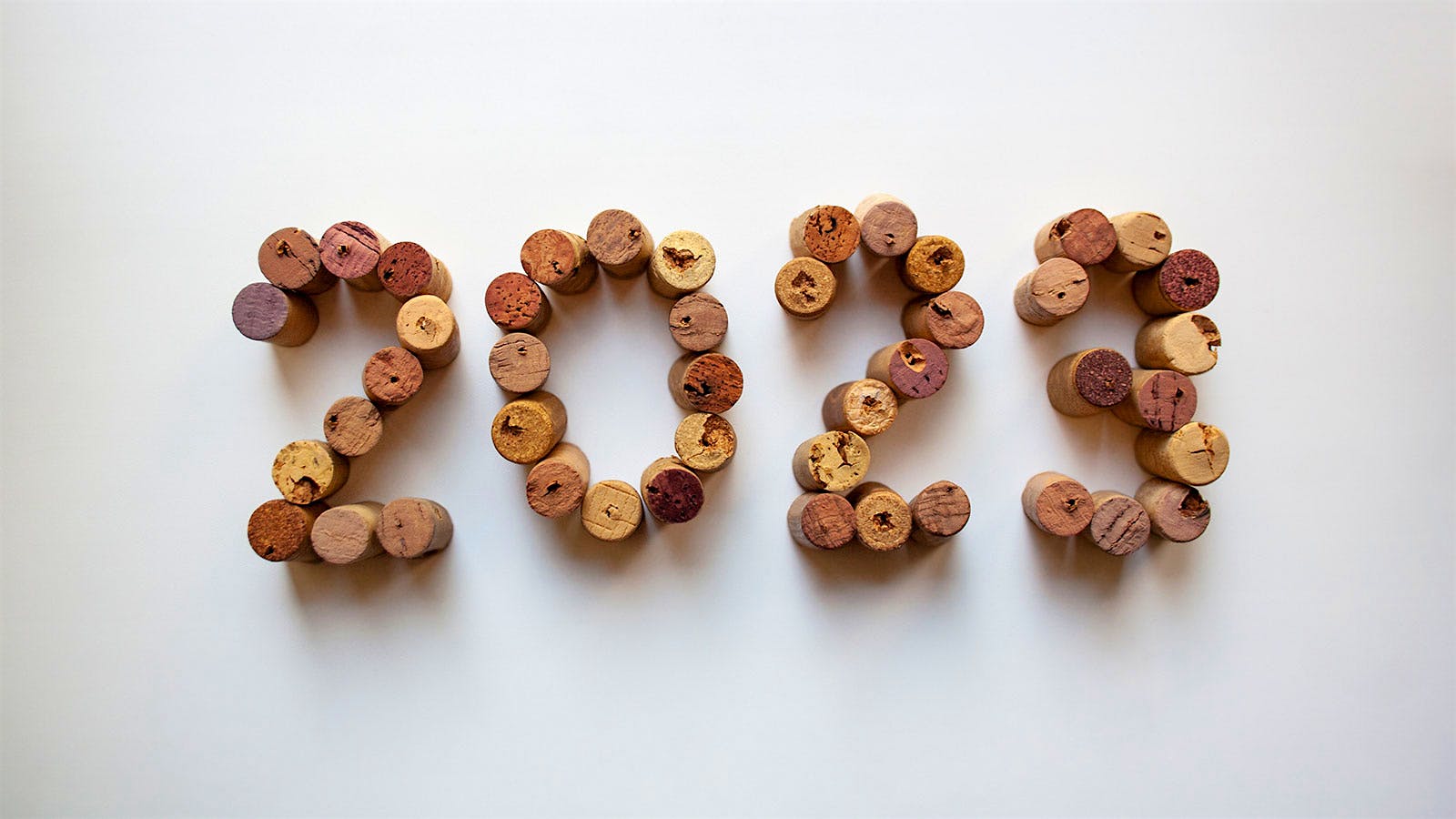Economists are uncertain if 2023 will deliver a full recession to the U.S. economy or simply a slowdown, thanks to stubborn inflation, rising interest rates and the continued impact of the war in Ukraine and the pandemic. A lot of household net worth has been wiped out in the past 12 months, between the stock market and sinking home prices, not to mention anyone who invested in cryptocurrency.
For the wine industry, economic pain has already hit. Several industry sources report slowing sales in the final quarter of 2022, and many industry analysts expect the first six months of 2023 to be worse.
“Economists are factoring in strong odds of a recession,” says Stephen Rannekleiv, Rabobank’s global strategist for the beverages sector. “A slowdown seems more and more likely. Some consumers are already pulling back on spending.”
The last time the economy looked this grim (aside from the early pandemic days) was just over a decade ago, during the global financial crisis. But economic downturns are like snowflakes—no two are the same. So what can wine consumers expect from this one?
Patagonia Recession or Busch Light?
U.S. wine consumption has declined an estimated 1 percent in 2022, according to IMPACT Databank, a sister publication of Wine Spectator. California wineries report that tasting room visits are down. Even rare wine sales are slowing—the Liv-Ex 100, a London-based index of the top collectible wines, declined for the first time in 18 months in July, then again in October and November.
An economic slowdown will hurt wine consumers in different ways because those consumers buy different wines. “The divergence between lower price and higher price has never been wider,” says Rob McMillan, executive vice president for Silicon Valley Bank and head of its wine division. “We really have two different wine industries now.”
“This shows some signs of being a Patagonia vest recession,” says Rannekleiv. “Tech workers are getting laid off right now. At the same time, sales of Busch Light are growing as blue collar workers earn higher pay but are also paying more for everything due to inflation.” Lower income households are grappling more with inflation, as rising prices surge faster than rising wages.
But the premium wine sector, which means wines priced at $15 a bottle and up, depends on higher income consumers. While there have been layoffs in tech and a few other sectors, employment is still pretty strong and wages are solid.
But, as Rannekliev points out, higher income consumers tend to spend based less on their wages and more on their net worth. For most moderate and high income households, that means their investments and their homes. The S&P500 is close to finishing its worst year since 2008, down more than 15 percent. The sharp rise in interest rates has led to falling home prices.
The biggest factors keeping the economy moving right now are low unemployment and all the money people saved during the recession. Consumers are spending a lot of that cash now as they deal with inflation, and economists estimate it will dry up about six months into 2023. All of that means cutting back on luxury items, even everyday luxuries like a decent bottle of wine.
The Good News? Wine Prices Are Not Rising
A year ago, many importers and retailers were warning that wine prices would rise dramatically in 2022, just like most other consumer goods. But, for the most part, that hasn’t happened.
That isn’t because winemakers are enjoying lower costs. Just about everything in wine production has gotten more expensive, thanks to supply chain issues. Paper for labels has gotten pricier. A fire at a glass factory in Argentina left many producers scrambling for bottles. Fuel costs have been higher, particularly diesel, which is crucial for transporting wine around the country and the globe.
But most premium wine producers haven’t raised prices by much, if at all. The reason? Wine sales have been sluggish for much of the year, especially compared to spirits sales, and wineries didn’t want to risk raising prices and turning off consumers. “There have been price increases, but not enough to cover inflation,” says McMillian. Keeping prices steady while costs are rising is not a recipe for profits, but wineries seem willing to swallow some short-term pain rather than risk losing customers.
The Bad News? No Bargain Bottles
If there was a symbol for the wine industry during the last recession, it was probably a website called Wines Til Sold Out, a New Jersey retailer that blasted email accounts with great limited-time offers on premium wines. Wine lovers could buy some outstanding wines for 20 percent, 30 percent, even 50 percent off.
Don’t expect big bargains this time around, however. One reason is inflation—if wineries aren’t raising prices, even as they face higher costs, they’re probably not dropping them either.
The other big reason is supply. When the 2008 global financial crisis hit, wine regions in many countries had enjoyed several bumper crops. There was a lot of wine, and wineries needed to move it.
Today, wine supplies are relatively balanced. The 2022 growing season was just the latest in several challenging years for Europe, with record heat and dry conditions creating small harvests in many regions. In California, most wineries would be selling their 2020 vintage this year—a year when devastating wildfires blanketed regions like Napa in smoke during the crucial harvest months.
“Demand is weak but volume is low,” notes McMillan. “In past recessions, we’ve had over supply. When you have that, supply backs up quickly and everyone says discount. I don’t think we’re going to see that kind of behavior this time.”
That doesn’t mean there aren’t ways to save money. There are plenty of wines, often made by top wineries, that have received outstanding scores are are selling for less than the big luxury cuvées. In times of economic trouble, consumers just need to be smart.
Stay on top of important wine stories with Wine Spectator’s free Breaking News Alerts.
